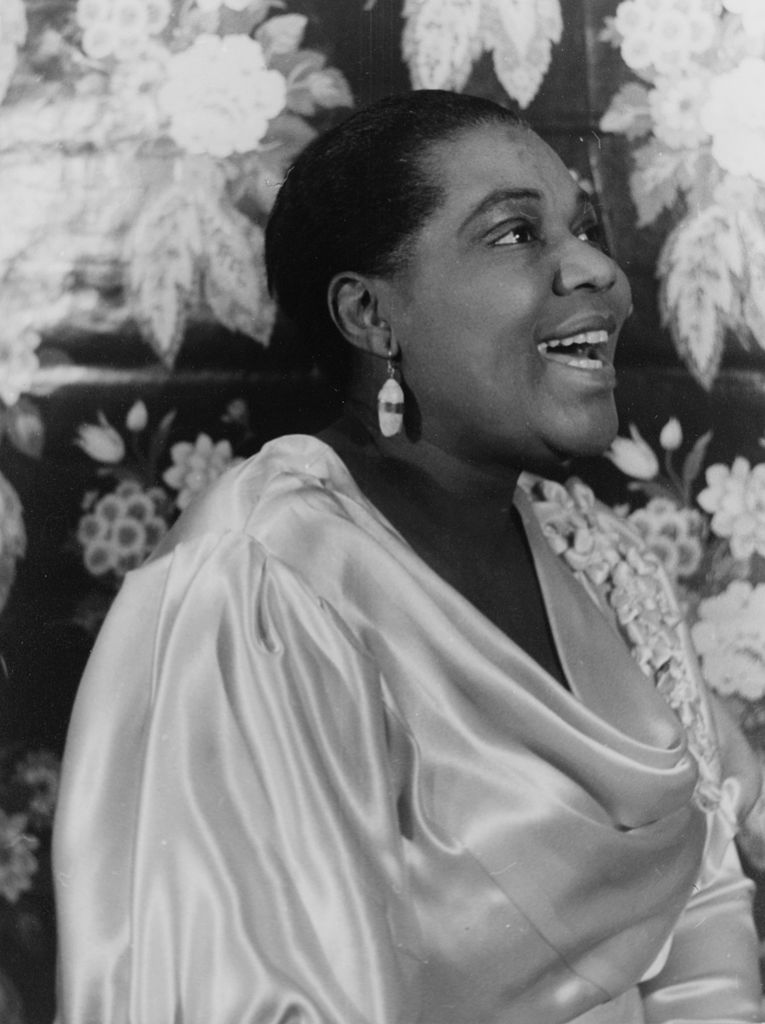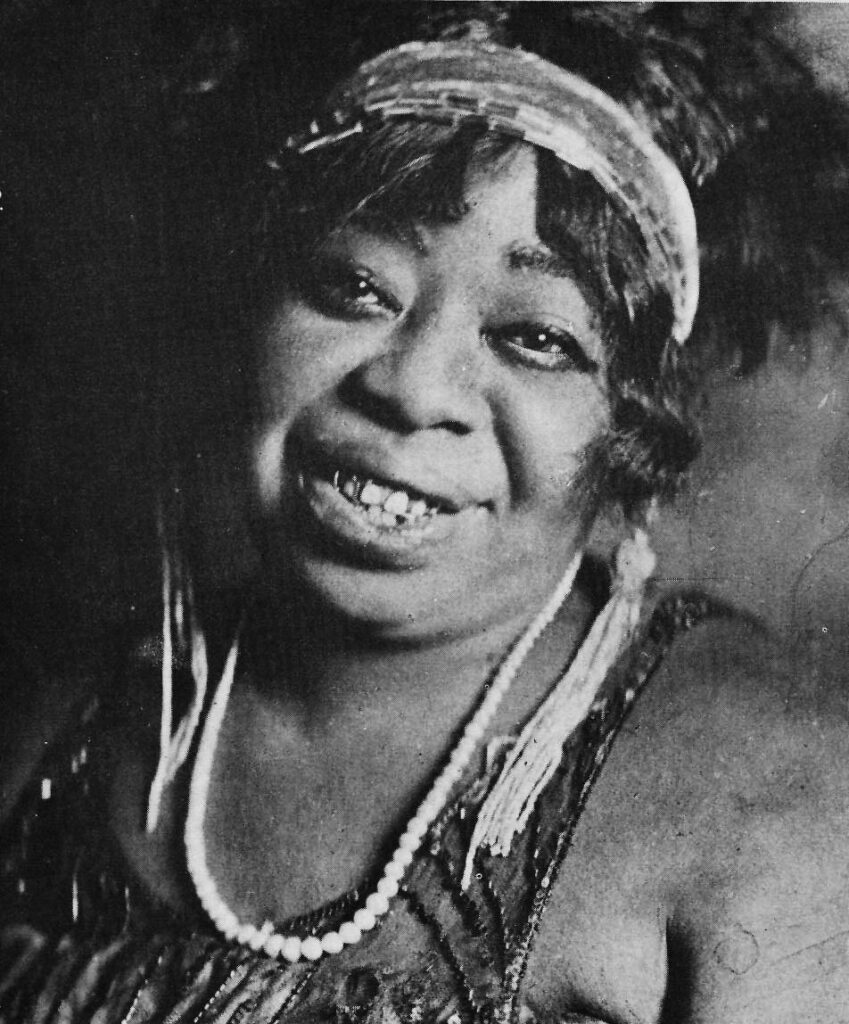Harlem Late Night jazz Presents:
BLUES
HARLEM LATE NIGHT JAZZ Presents:
BLUES
The Jazz History Tree
The African influence in the blues is undeniable. The poetic structure and story-like verses carry on the oral tradition of West African cultures. Many African cultures made and performed on instruments similar to what would be found in the Americas. Instruments like the balafon (xylophone), lute, drums, aerophones, and fiddle-like instruments would make the assimilation of this new music more transitional. Some Africans were able to bring musical instruments with them or build new ones in this country. The “banja” or “banshaw,” now known as the banjo, was one of the African instruments that continued to be built and played in America. Other performance practices are undeniably African, as well. The earliest blues-like music was a “functional expression, rendered in a call-and-response style without accompaniment or harmony and unbounded by the formality of any particular musical structure.”1 This pre-blues music was adapted from the field shouts and hollers performed during slave times and expanded into “simple solo songs laden with emotional content.”2
Slaves would communicate and ease the doldrums of their labor through improvised call and response songs. As these songs were sung during work, they were often unaccompanied and completely original in their content. Unlike European music, scoops and bent notes are common in African music. The refusal to center fully on a pitch is common in blues music, as the performer instead begins above or below the note. This can be seen as a refusal of African musicians to fully conform to the European traditions forced on them in the new America.
During the middle to late 1800s, the Deep South was home to hundreds of seminal bluesmen who helped to shape the music. Some historians date the blues genre as emerging between 1870 and 1890, a period that coincides with the emancipation of the slaves and the transition from slavery to sharecropping and westward migration. Unfortunately, much of this original music followed these sharecroppers to their graves. But the legacy of these earliest blues pioneers can still be heard in 1920s and ’30s recordings. The blues grew up in the Mississippi Delta just upriver from New Orleans, the birthplace of jazz. Blues and jazz have always influenced each other, and they still interact in countless ways today. The great Duke Ellington maintained that jazz “ain’t nothing but the blues.” Unlike jazz, the blues didn’t spread out significantly from the South until the 1920s and ’30s. Once the Delta blues made its way up the Mississippi to urban areas, the music evolved into other regional blues styles and various jazz-blues hybrids. A decade or so later, the blues gave birth to rhythm and blues (R&B) and rock and roll.
Black women were instrumental in the growth in popularity of the blues. Gertrude “Ma” Rainey, known as the “Mother of the Blues,” is credited as the first to perform the blues on stage as popular entertainment when she began incorporating blues into her show around 1902.3 Bessie Smith, nicknamed the “Empress of the Blues,” was the most popular female blues singer of the 1920s and 1930s.4 She is often considered one of the greatest singers of her era and was a major influence on fellow blues singers. Other great women of the blues include Ethel Waters, Alberta Hunter, Mary Stafford, Katie Crippen, Edith Wilson, and Esther Bigeou.
W.C. Handy, “The Father of The Blues” was certainly one of the most important figures in the growth in popularity of the Blues in the United States in the early twentieth century. Handy did not create the Blues but was the first to publish Blues music. One of the most influential songwriters in the United States, Handy took the blues from a limited audience to a new level of popularity.
Early black male blues pioneers include Huddie William Ledbetter (Lead Belly), Lonnie Johnson, Robert Johnson, Charley Patton, Eddie James “Son” House Jr., Bo Carter, Blind Lemon Jefferson, Tampa Red, Blind Blake, James “Kokomo” Arnold, Frank Stokes, Sleepy John Estes, Robert Wilkins, Joe McCoy, and Casey Bill Weldon, as well as singers such as Blind Willie McTell, Blind Boy Fuller, and “the father of the Blues”, composer W.C. Handy.


Footnotes:
1 Thirteen/WNET/KimberlySambol-Tosco, “Slavery and the Making of America.”
2 Ray Pratt, “The Blues: A Discourse of Resistance,” in Rebel Musics (Black Rose Books, 2003).
3 Derrick Stewart-Baxter, Ma Rainey and the Classic Blues Singers (New York: Stein & Day Pub, 1970).
4 Ed Kopp, “A Brief History Of The Blues,” All About Jazz, 2020, https://www.allaboutjazz.com/a-brief-history-of-the-blues-by-ed-kopp.php.